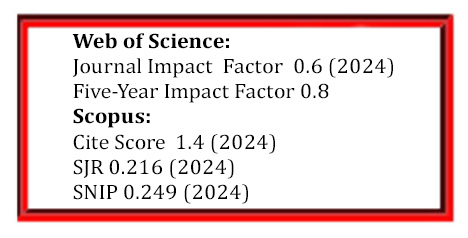A Study on the Corrosion Inhibition Performance of Various Starches for Q235A Steel
DOI:
https://doi.org/10.5755/j02.ms.40070Keywords:
weightlessness method, corrosion rate, corrosion resistance, starchAbstract
Eight different varieties of starch were chosen to replace the corrosion inhibitors in order to assess the corrosion resistance and rate of deterioration of Q235A steel using an electrochemical test and the weightlessness method. The metallographic microscope was used to examine the corrosion product surface on the steel plate. The results of the weightless method show that the corrosion rate of 300 mg/L of starch was higher than the concentration of 500 mg/L. As the concentration of H2SO4 was 0.5 mol/L, the corrosion rate of 300 mg/L of cassava starch, mung bean starch, and wheat starch solution was higher than the others, which were 72.92 %, 72.89 %, and 72.02 %.The results of the electrochemical test show that the corrosion resistance of 300 mg/L pea starch and cassava starch solution were better in the condition of 0.5 mol/L H2SO4, whose self-corrosion currents were 34 μA∙cm-2 and 26 μA∙cm-2. Their solution resistance RS were 1.739 Ω∙cm-2 and 1.801 Ω∙cm-2, respectively. In conclusion, the effect of 300 mg/L of tapioca starch and pea starch was better in 0.5 mol/L H2SO4 solution.
Downloads
Published
Issue
Section
License
The copyrights for articles in this journal are retained by the author(s), with first publication rights granted to the journal. By virtue of their appearance in this open-access journal, articles are free to use with proper attribution in educational and other non-commercial settings.



